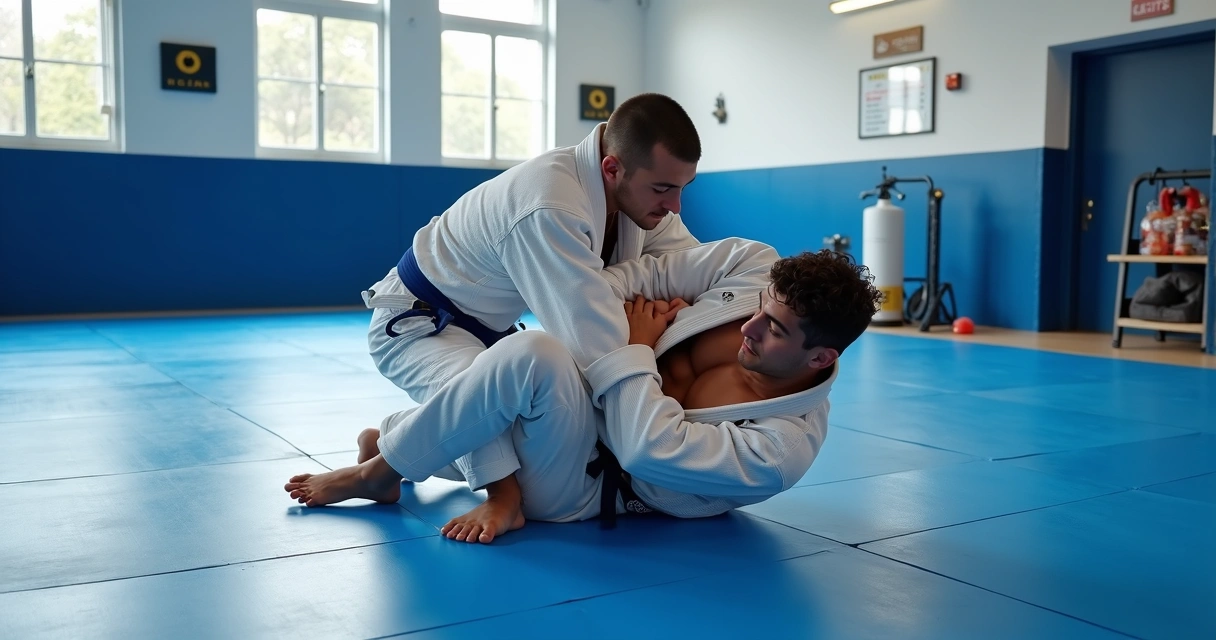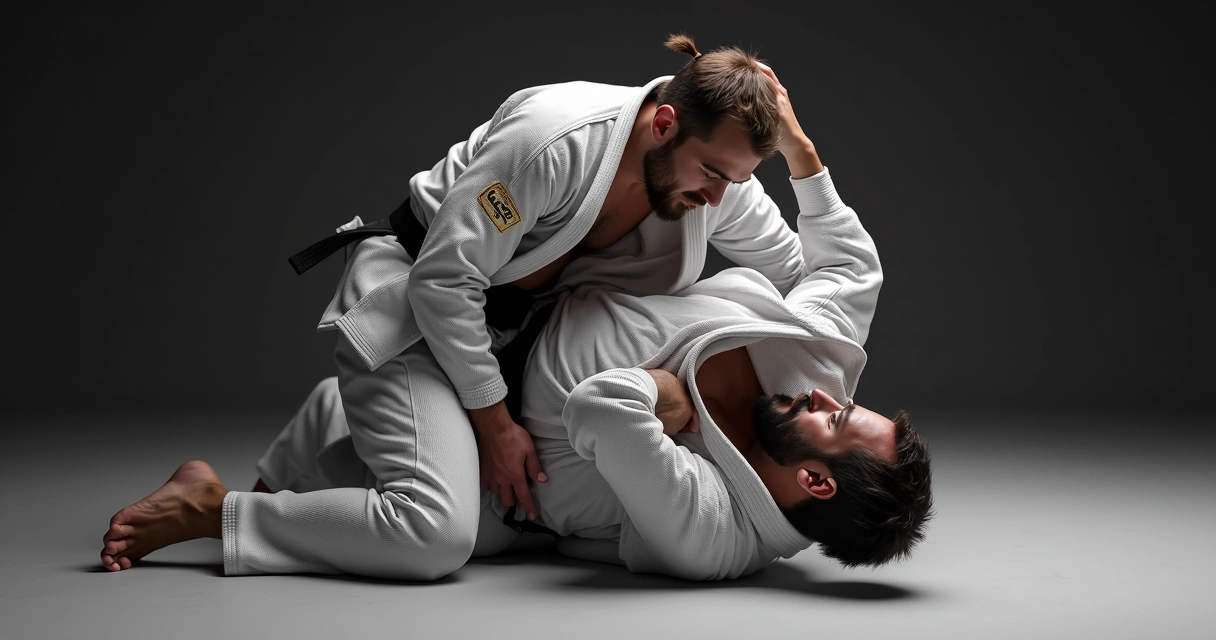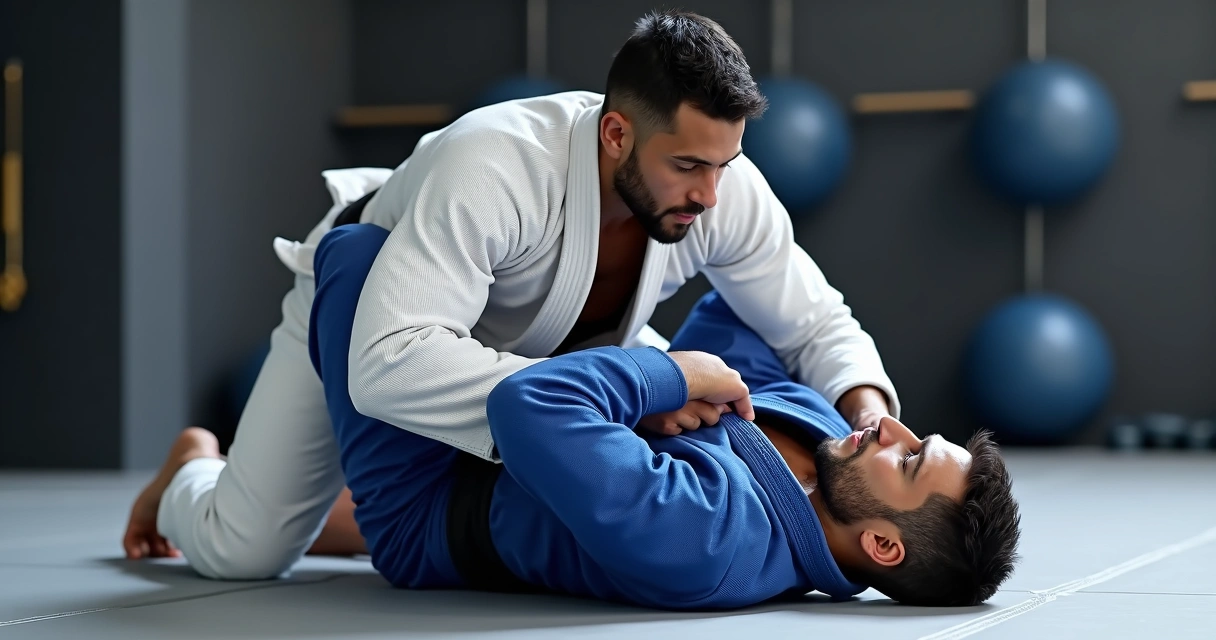Brazilian Jiu Jitsu isn’t just about holding someone down—it’s about changing the whole game with a well-timed reversal. In every open mat, you’ll see people rolling, hunting for a position that can quickly flip the script. That’s what makes a sweep feel so satisfying. You go from defense to offense in a heartbeat, suddenly on top with gravity and momentum on your side.
A sweep shifts the balance. Sometimes literally.
Let’s break down what a sweep really means in BJJ, why everyone (even black belts) spend hours drilling them, how to choose the right move, and how tracking your progress—like you can on BJJ Notes—can be the difference between confusion and real growth.
What is a sweep and why does it matter?
In Jiu Jitsu, a sweep means you use your guard to reverse your opponent and end up on top—guard to mount, guard to side control, or even just guard to top half. It’s a bridge between defense and control. Learning when and how to apply these reversals not only gets you points in competition but stops you from being stuck underneath. And let’s be honest, nobody likes being stuck.
Getting good at sweeps is connected to understanding frames, leverage, and timing. If you force things, you’ll often fail (or end up in a worse spot). But if you pay attention to where the weight is, where the hands grip, and what your legs are doing, suddenly options open up. That’s where consistent note-taking and progress tracking with BJJ Notes becomes an ally in your learning process.
Common types of sweeps every practitioner should know
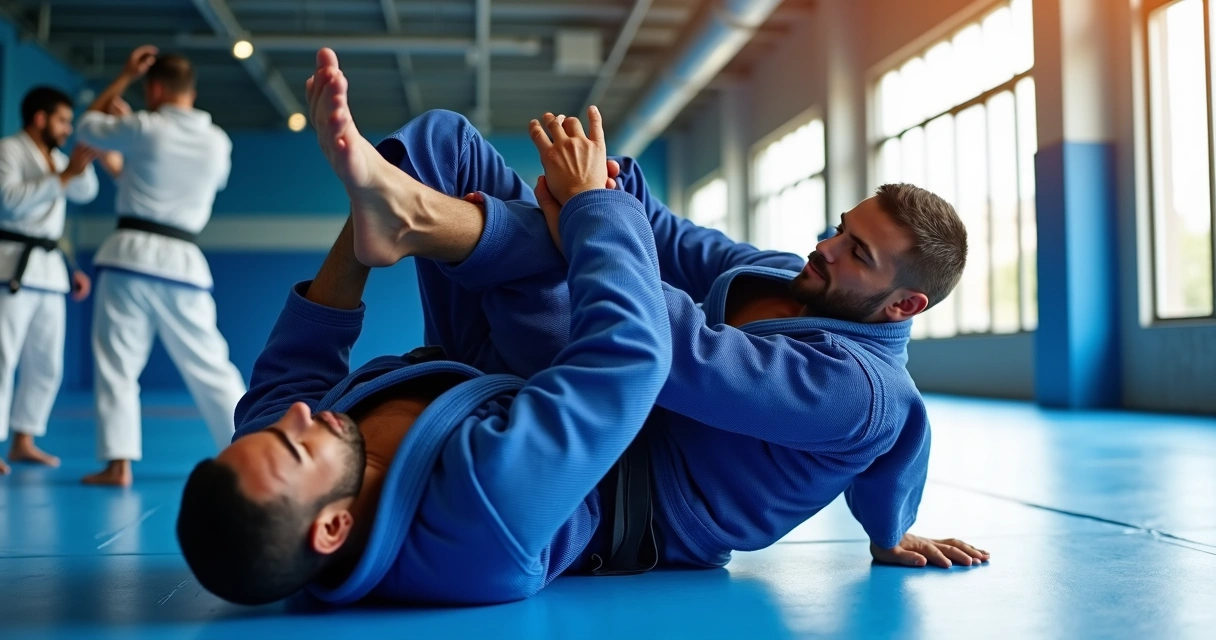 There are so many variations, but a few foundational ones stand out:
There are so many variations, but a few foundational ones stand out:
- Closed guard: scissor sweep Grip their opposite sleeve and collar.
- Set a shin across their midsection, the other knee to the mat.
- Pull forward, then chop with your top leg as you turn your hips and push with your bottom leg.
- Common mistake: Leaning back instead of turning hips, or not pulling their weight onto you first.
- Open guard: tripod sweep Hold their sleeve and ankle, with your foot on their far hip and the other behind their heel.
- Push their hip while pulling their sleeve and kicking at the ankle.
- Common mistake: Not controlling the grip tightly or telegraphing the movement.
- Half guard: old school sweep Underhook their far leg, lock your legs on their trapped leg.
- Reach underneath for their far ankle, pull it close as you roll under and drive forward.
- Common mistake: Not controlling the far ankle, or letting your underhook slip.
It’s not just about moves, but recognizing when an opponent is off-balance. If you feel their hand post wide, or their weight shift, act. Even a small loss of posture is a window.
Frames, leverage, and timing
Frames (think of your arms and shins creating space), leverage (using your hips and legs as levers), and timing make reversals work. A good guard player learns to isolate one side, then attack while the opponent’s base is compromised.
According to research about injury patterns in Brazilian Jiu-Jitsu published in BMJ Open Sport & Exercise Medicine, the highest injury rates occur in training and especially during rolling. Proper technique, attention to body mechanics, and being patient with reversals can help reduce mistakes that lead to injuries—particularly to the knees and shoulders.
Choosing the right sweep for your body type or level
What works for a tall, flexible athlete might not suit someone stockier. Some moves, like the flower sweep, require a wide guard and hip mobility. Others, like the hip bump, need fast, explosive movement. For absolute beginners, the scissor and hip bump are the best introductions because they develop movement and timing.
A study from the International Journal of Environmental Research and Public Health found that balance performance differed based on body mass classification. Lighter practitioners may find transitions easier, while heavier athletes benefit from sweeps that use momentum and tight leg entanglements.
Practical sweep drills you can do right now
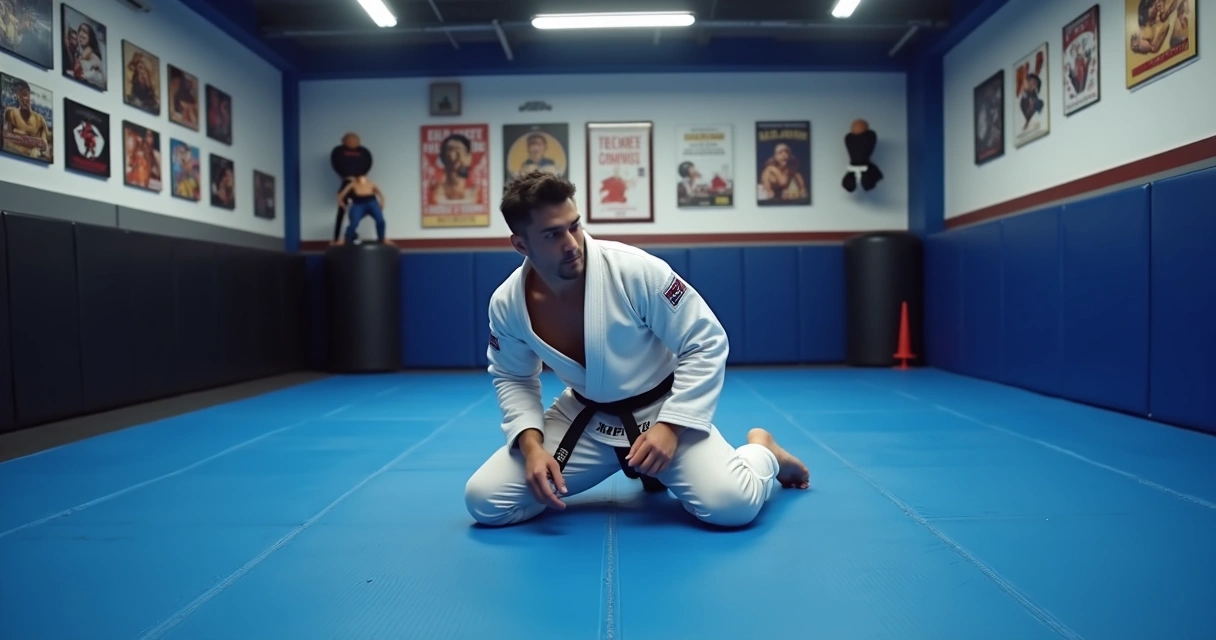 Solo: hip escapes, technical stand-ups, and shrimp drills build core movements for reversals.
Solo: hip escapes, technical stand-ups, and shrimp drills build core movements for reversals.- Partner: positional rounds where you attempt a sweep, then reset if you fail—focus on timing and setups not just brute strength.
Track progress with BJJ Notes
Not every attempt works. That’s why using BJJ Notes to log successes and failures is helpful. You can spot which moves keep failing, tag sessions where your timing felt off, and identify which guards lead to the most reversals. Instead of guessing, you’ll see patterns, avoid repeating mistakes, and mark out milestones.
Linking sweeps to submissions and transitions
A sweep shouldn’t be a dead end. Link it to an immediate transition, like passing the guard, or attach a submission as they defend (kimura after hip bump, triangle after scissor). This chaining raises your threat level.
When you control the reversal, you control the flow of the match.
With steady drilling, tracking, and experimenting, you’ll soon find opportunities from every guard. Try BJJ Notes to help remember, adjust, and evolve your game—one reversal at a time.
Frequently asked questions about BJJ sweeps
What is a sweep in BJJ?
A sweep in Brazilian Jiu Jitsu is when you use your guard to reverse your opponent’s top position, ending up on top yourself. It’s a core skill for turning defense into offense and improving control.
How do I execute a basic sweep?
A basic sweep, like the scissor variation, involves gripping your opponent’s sleeve and collar, setting your shin across their body, pulling them forward, and then chopping your top leg while turning your hips. Always focus on off-balancing your opponent first.
What are the best sweeps for beginners?
The best techniques for new practitioners are usually the scissor and hip bump sweeps from closed guard. Both help you learn balance, grip placement, and body movement needed for more advanced reversals.
How can I improve my sweeping skills?
Drill consistently, pay special attention to timing and leverage, and track your progress (and sticking points) with an app like BJJ Notes. Positional sparring, where you focus only on reversals, is also really useful.
Which positions are easiest to sweep from?
Closed guard, open guard, and half guard are the main positions where most sweeps start. These give you the control, grips, and space necessary to create effective reversals, especially when learning the basics.

